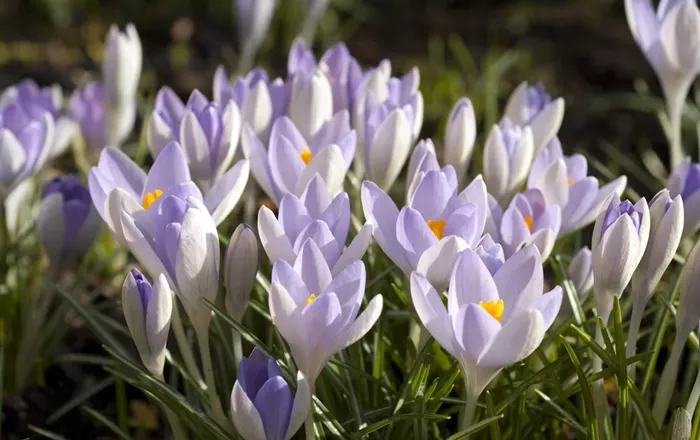As spring gently settles in, many of the woodland wildflowers are still hiding beneath the forest floor’s leaf litter, waiting for the right moment to bloom.
But there are two early bloomers that are already making their presence known, even if they aren’t as large or flashy as some of their more famous counterparts like lady’s slippers or trillium.
These flowers are special in their own way, offering a delightful surprise when spotted on small trees — specifically the beaked hazelnut and the speckled alder.
These flowers are ephemeral, meaning they won’t stick around for long, so now is the perfect time to find them before they disappear. I always keep an eye out for them each spring, as they are a personal marker of the season’s change.
This year, I finally realized just how similar the hazelnut and alder flowers are, which led me to a deeper dive into their taxonomy. Both are part of the birch family (Betulaceae), and while this might not seem like a huge revelation, it was an interesting discovery for me.
The birch family is known for its monecious plants, meaning that a single tree contains both male and female flowers. The male flowers, known as catkins (or aments), are long, dangly clusters that hang beneath the smaller, upright female flowers. This arrangement helps prevent self-pollination, making way for cross-pollination by the wind.
Though I’m unsure of exactly when the alders and hazelnuts begin to flower, this past weekend I was lucky enough to catch them in full bloom. The sunlight was just right to reveal the tiny, bright red female flowers. While the dangling male catkins are a beautiful golden-yellow when coated with pollen, it is the small, unexpected red blooms that truly steal the show.
The beaked hazelnut’s female flowers are especially small — no bigger than ¼ inch in diameter — and they don’t have petals, just deep red, curly tufts of pistils designed to catch pollen grains.
On the other hand, the female flowers of speckled alders are slightly larger, about ½ inch in diameter, and look like tiny fuzzy red footballs. These fuzziness is actually the tips of the pistils, which extend out to catch wind-blown pollen.
One of the perks of early flowering, before the leaves of trees like these have fully emerged, is that the wind-dispersed pollen has fewer obstacles between it and the waiting pistils. This makes the chances of successful pollination much higher, ensuring these tiny but crucial flowers get the attention they need.
So, as you wander through the woods this spring, keep an eye out for these little wonders of nature — the beaked hazelnut and speckled alder. They may be small, but they’re a big part of the season’s early bloomers and a reminder of the quiet beauty that spring brings.


